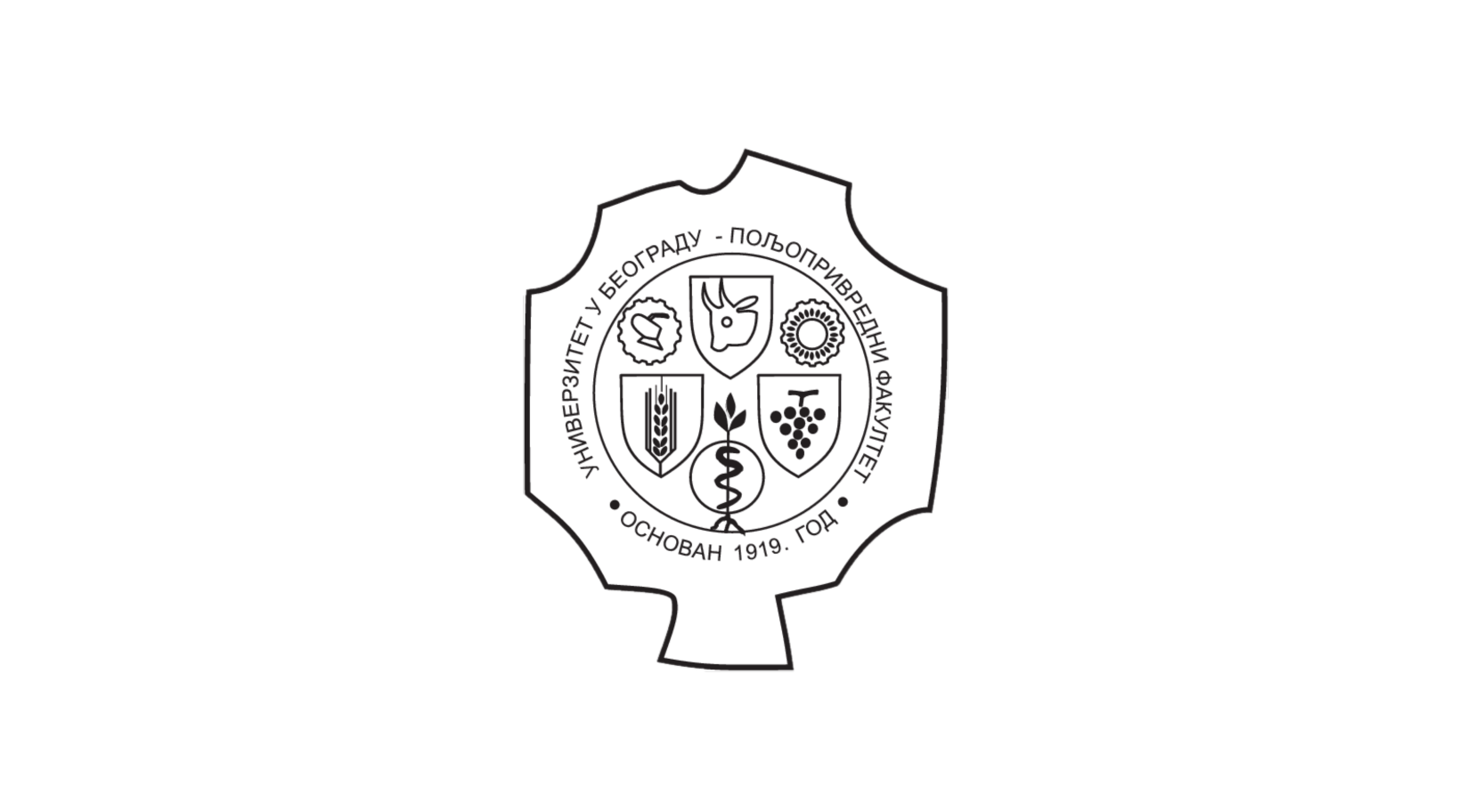Prikaz osnovnih podataka o dokumentu
Impact of climate change on olive growth suitability, water requirements and yield in Montenegro
| dc.creator | Knežević, Mirko | |
| dc.creator | Životić, Ljubomir | |
| dc.creator | Perović, Veljko | |
| dc.creator | Topalović, Ana | |
| dc.creator | Todorović, Mladen | |
| dc.date.accessioned | 2020-12-17T21:58:31Z | |
| dc.date.available | 2020-12-17T21:58:31Z | |
| dc.date.issued | 2017 | |
| dc.identifier.issn | 2038-5625 | |
| dc.identifier.uri | http://aspace.agrif.bg.ac.rs/handle/123456789/4418 | |
| dc.description.abstract | This study investigated the possible impact of climate change on the olive cultivation in Montenegro in terms of growth suitability, crop phenology, water requirements and yield. The elaborations were performed in GIS through the integration of climate, soil and crop data and successive application of the agro-ecological zoning methodology and a soil-water balance model. The analysis included the baseline climate (1961-1990) and the climate data projections from the coupled regional climate model EBU-POM corresponding to the three scenarios: i) A1B (2001-2030), ii) A1B (2071-2100) and iii) A2 (2071-2100). Preference evapotranspiration was calculated using a modified Penman-Monteith approach from the air temperature data, while crop evapotranspiration and irrigation requirements were estimated following the standard FAO methodology. The results revealed that the foreseen increase of air temperature would extend the potentially cultivable areas from the present 17% of the total land surface to 30.2% in the A2 scenario. The areas suitable for olive cultivation are expected to shift northwards, and to the higher altitudes. Global warming would anticipate the flowering period of olives up to 17 days under the A2 scenario. Crop water requirements would likely increase in the future up to 3%, while the crop evapotranspiration under rainfed is foreseen to decrease from 5.5% to 21.7%. Net irrigation requirements would increase from 29.5 mm in the A1B scenario to 103.4 mm in the A2 scenario. The highest relative yield loss of 16.2 +/- 7.6% is expected under the A2 scenario which does not preclude the rainfed cultivation of olives in the future. | en |
| dc.publisher | Firenze Univ Press, Firenze | |
| dc.relation | "Agricultural Adaptation to Climate Change - Networking, Education, Research and Extension" project, as a part of the Norwegian Programme in Higher Education, Research and Development (HERD) in the Western Balkans | |
| dc.relation | INGAF project, through the Ministry of Science of Montenegro | |
| dc.relation | HERIC project, through the BIO-ICT Centre of Excellence [01-1001] | |
| dc.rights | restrictedAccess | |
| dc.source | Italian Journal of Agrometeorology-Rivista Italiana Di Agrometeorologia | |
| dc.subject | soil water balance | en |
| dc.subject | agro-ecological zoning | en |
| dc.subject | olive tree phenology | en |
| dc.subject | crop evapotranspiration | en |
| dc.subject | irrigation requirements | en |
| dc.subject | rainfed cultivation | en |
| dc.subject | relative yield | en |
| dc.title | Impact of climate change on olive growth suitability, water requirements and yield in Montenegro | en |
| dc.type | article | |
| dc.rights.license | ARR | |
| dc.citation.epage | 52 | |
| dc.citation.issue | 2 | |
| dc.citation.other | 22(2): 39-52 | |
| dc.citation.rank | M23 | |
| dc.citation.spage | 39 | |
| dc.citation.volume | 22 | |
| dc.identifier.doi | 10.19199/2017.2.2038-5625.039 | |
| dc.identifier.scopus | 2-s2.0-85030150194 | |
| dc.identifier.wos | 000416104500004 | |
| dc.type.version | publishedVersion |


